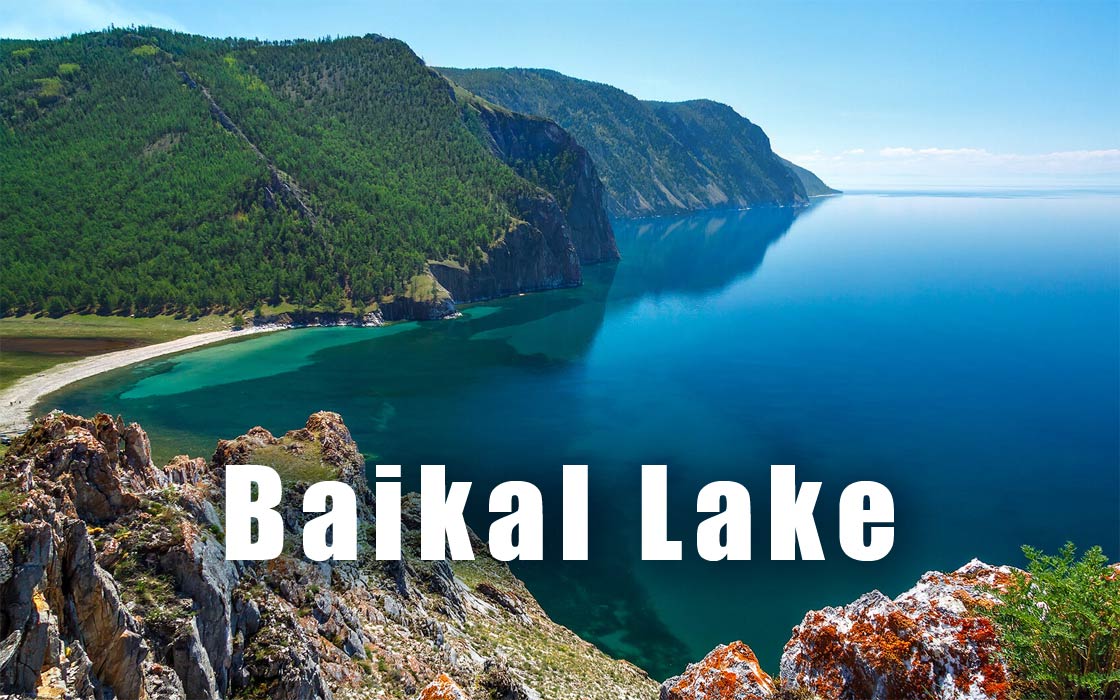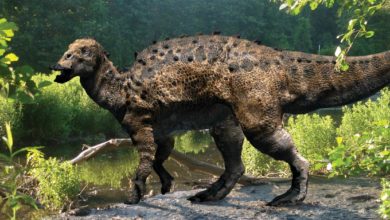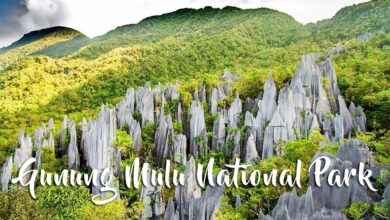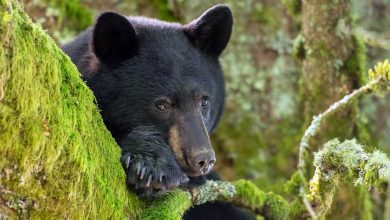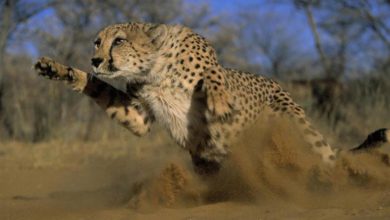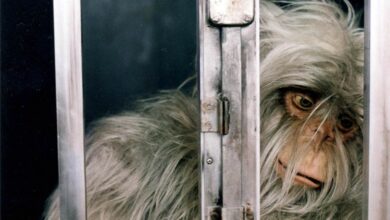Baikal – The Largest Freshwater Lake
Do you have strong nerves, enjoy challenges, and aren’t afraid of depths? If so, visit Lake Baikal – and preferably twice. Go in the summer, and while boating, you’ll be able to clearly see what’s happening in the water more than 50 meters (164 feet) below you! Go in the winter and step onto the frozen lake, and beneath the seemingly fragile layer of transparent one-meter (3.3-foot) ice, you’ll see rocks at the bottom of the “Blue Eye of Siberia“.
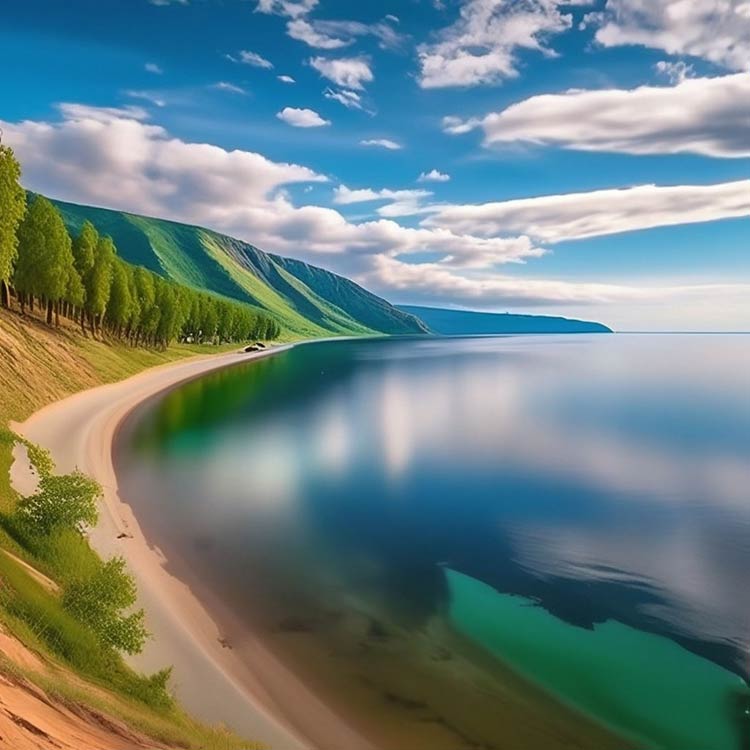
Location
Baikal is an extraordinary tectonic lake located in Russia, within the Republic of Buryatia and the Irkutsk Oblast. The eastern region of the lake is known as Pribaikalye. It is surrounded by beautiful, majestic mountains: the Baikal Mountains, the Primorsky Range (as Lake Baikal is also called the Siberian Sea), the Barguzin Range, the Ikatsky Range, Khamar-Daban, and the Ulan-Burgasy Range.
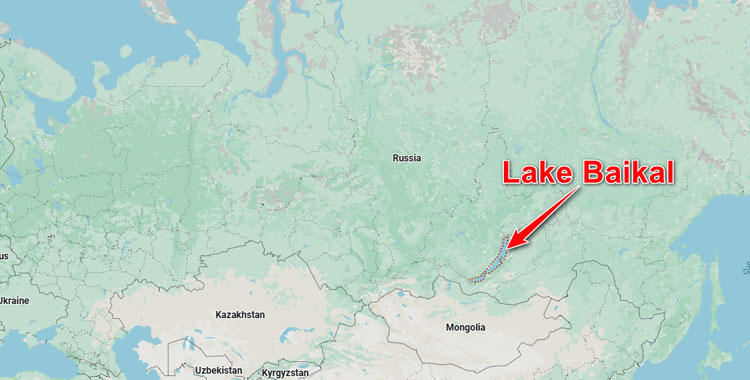
Geology
The lake lies in the Baikal Rift Zone, an active continental rift that is widely considered to be a far-field effect of the ongoing collision between the Indian and Eurasian plates. This large-scale collision of tectonic plates led to the formation of the Himalayas and also created extensive stress fields across Asia, contributing to the development of deep tectonic troughs, including the Baikal Rift. In one of these rifts, sediments from the surrounding mountains formed the bottom, and when it filled with water, Lake Baikal – the oldest lake in the world – was formed. This happened approximately 25-30 million years ago.
Its extraordinary depth and elongated shape are a direct result of being an active rift zone*. In rift zones, the Earth’s crust is stretched and torn apart, leading to the formation of deep fissures and depressions. Baikal is an example of a continental rift that continues to widen – it’s estimated to spread by approximately 2-4 mm (0.08-0.16 inches) per year. This geological process is responsible for the continuous earthquakes in the region and makes Baikal a unique laboratory for plate tectonics research.
*A rift zone is a place where the Earth’s crust – continental or oceanic – cracks, allowing magma from deep within the Earth to reach the surface. As a result of this process, the Earth’s crust is torn apart, forming a rift, which is an elongated tectonic trench bounded by faults. Rifts can occur both on ocean floors (oceanic rifts), where they form mid-oceanic ridges, and on continents (intracontinental rifts), indicating potential sites of continental breakup.
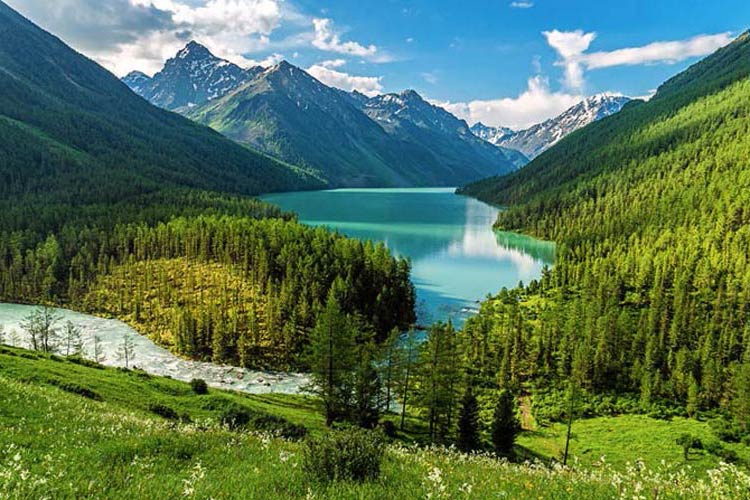
Surface Area and Depth
Lake Baikal is 636 kilometers (395 miles) long, and its width reaches up to 80 kilometers (50 miles) in some places. With a surface area of 31,700 square kilometers (12,240 sq mi), it ranks as the seventh largest lake in the world and the second largest in Asia.
Its depth has been the subject of research for years, with Polish scientists also participating. Ultimately, the maximum depth was determined to be 1,642 meters (5,387 feet), and the average depth is 730 meters (2,395 feet). The lake bed lies at an elevation of 1,186.5 meters (3,892.7 feet) below sea level, making Baikal the world’s largest cryptodepression.
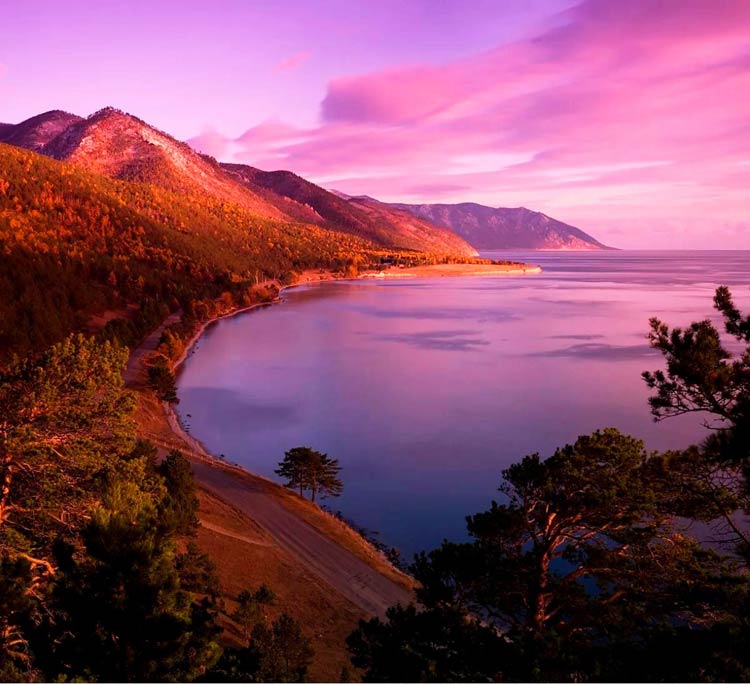
Waters of Lake Baikal
The lake’s water resources are immense. It’s estimated that the 23,000 km³ (5,518 cubic miles) of water in Baikal account for approximately 23% of the world’s freshwater reserves!
This vast quantity of water comes from 336 rivers flowing into the lake, including the Selenga, Barguzin, Upper Angara, Turka, and Sarma. Only one river flows out of this extraordinary reservoir: the Angara.
The lake’s waters are transparent and incredibly pure, partly due to tiny crustaceans named Epischura that live within them, cleansing the water of algae and bacteria. Amphipods also contribute, consuming organic waste and preventing its decomposition in the water.
The exceptional purity of Lake Baikal’s waters also stems from its very low mineralization. The water is almost distilled, making it extremely transparent and endowing it with unique chemical properties.
Despite natural self-purification mechanisms, protecting Baikal from pollution is a priority. In the past, the lake was threatened by industries, including the pulp and paper industry; however, international and local conservation efforts have helped reduce these threats and maintain its exceptional water quality.

Islands
There are 27 islands scattered across the lake’s vast surface. It’s worth visiting the largest of them, Olkhon Island. Covering an area of 730 km² (282 sq mi), it’s the third-largest lake island in the world, stretching 72 km (45 miles) long and 21 km (13 miles) wide.
In Khuzhir, one of the settlements on the island, you’ll find the M.N. Revyakin Natural History Museum. Here, you can explore the culture and history of the local inhabitants and view exhibits such as stone arrowheads used by the indigenous tribes of Olkhon, Mongolian soldier badges, and artifacts related to the cremation and burial practices of the residents.
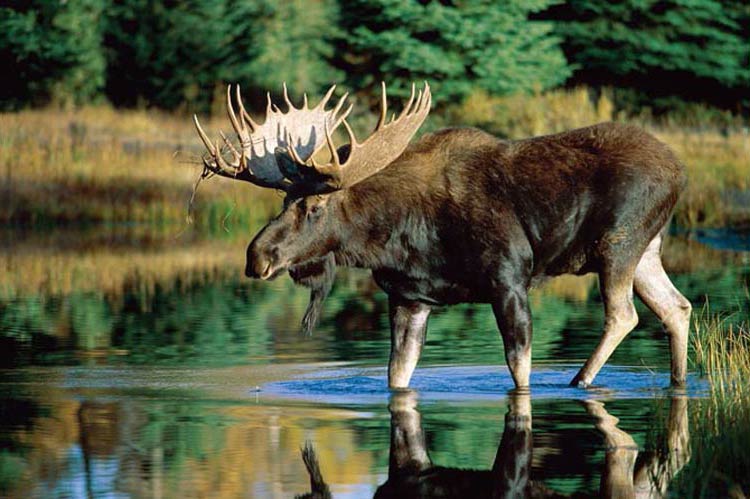
Fauna (Animals)
Lake Baikal and its surrounding areas are home to over 2,500 animal species, with as many as 1,500 of these being endemic species (found nowhere else in the world).
Mammals
One of the endemic species is the Baikal seal (Pusa sibirica), also known as the nerpa – it’s the only seal species living exclusively in freshwater. Other endemic species include the Baikal teal (Sibirionetta formosa), the Baikal omul (Coregonus migratorius), and the golomyanka (Comephorus baicalensis).
In the areas surrounding the lake, other mammals also reside, including the brown bear (Ursus arctos), Eurasian wolf (Canis lupus lupus), red fox (Vulpes vulpes), Siberian sable (Martes zibellina), stoat (Mustela erminea), Eurasian elk (Alces alces alces), tundra reindeer (Rangifer tarandus tarandus), Siberian roe deer (Capreolus pygargus), Siberian musk deer (Moschus moschiferus), Eurasian wild boar (Sus scrofa), Eurasian red squirrel (Sciurus vulgaris), marmot (Marmota genus), and mountain hare (Lepus timidus).
In the mountains, you can encounter the endangered Siberian ibex (Capra sibirica).
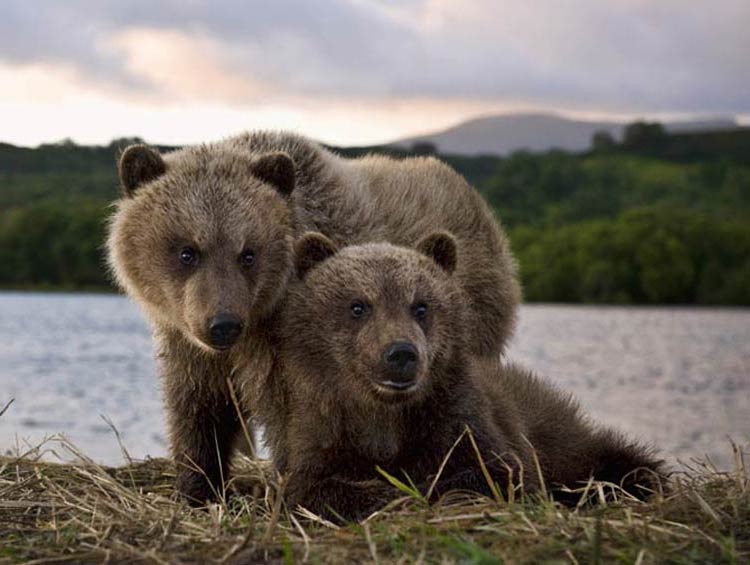
Birds
Among the birds, the Mongolian gull (Larus mongolicus) and the beautiful Baikal teal (Sibirionetta formosa) are noteworthy. Other winged inhabitants of Baikal include geese, whooper swans (Cygnus cygnus), and grey herons (Ardea cinerea).
Fish
Lake Baikal’s waters are home to numerous fish species, including several endemic ones found nowhere else on Earth.
These include the Baikal grayling (Thymallus baicalensis), the Baikal sturgeon (Acipenser baerii baicalensis), and a type of whitefish from the Coregonus genus.
The Baikal omul (Coregonus migratorius) is also native to this area and is the most frequently caught fish in these waters.
Another fascinating endemic species is the extraordinary fish called the golomyanka (Comephorus baicalensis), which is a delicacy for the previously mentioned Baikal seal. This small, predatory creature is almost transparent yet colorful. It can descend to great depths where pressure is high, but when brought to the surface, it literally “melts in the sun,” leaving behind only fat and bones.
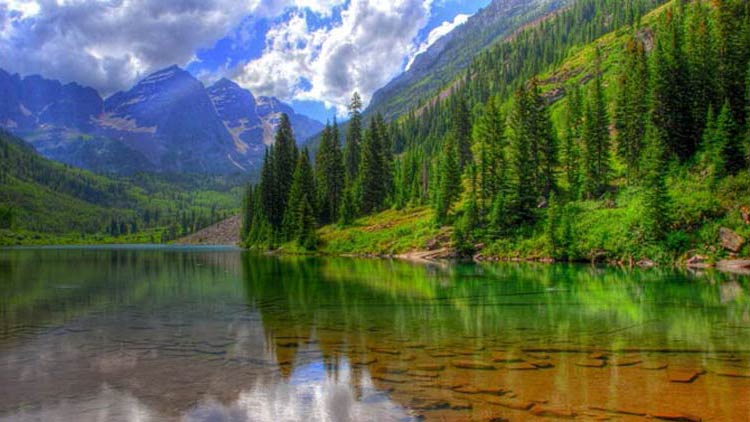
Flora (Plants)
The flora of Baikal is primarily aquatic vegetation, including plants like hornwort (Ceratophyllum demersum), pondweed (Potamogeton genus), and bur-reed (Sparganium genus). Various species of algae also dominate the lake’s waters, providing a rich environment for plankton.
You can also find green Baikal sponges here, which grow in a manner resembling corals.
Near the lake’s shores, marsh thistle (Cirsium palustre) grows, while the surrounding steppes are covered by a vast diversity of wild flower species.
Baikal’s waters border the immense kingdom of the taiga – dense coniferous forests whose territory is under protection.
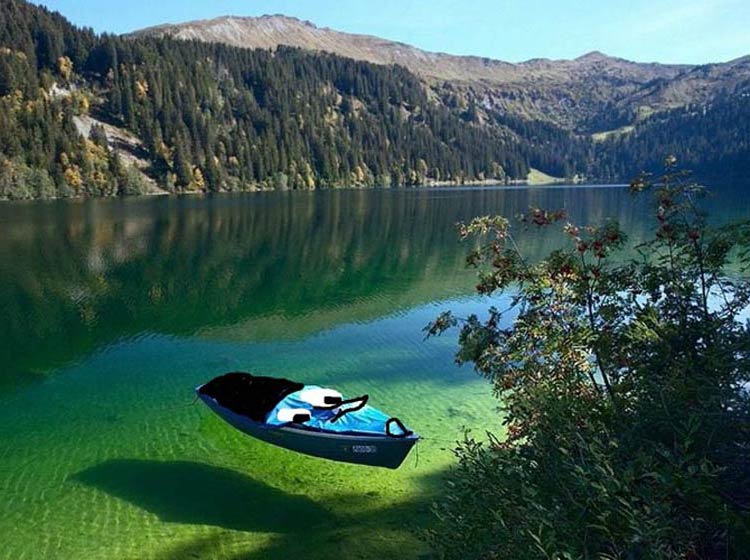
Climate and Natural Phenomena
The climate around Lake Baikal is severely continental, characterized by long, cold winters and relatively short, warm summers. Temperatures can drop below -30°C (-22°F) in winter, leading to the lake’s complete freezing, usually from January to May. During this period, the ice can reach over 1 meter (3.3 feet) thick, allowing vehicles to drive safely across. This frozen state gives rise to unique phenomena like Baikal ice hummocks, methane bubbles trapped in ice, and crystal-clear ice patterns, attracting photographers and adventurers. Strong winds, such as the Sarma and Barguzin, can suddenly sweep across the lake, creating dramatic waves in summer and contributing to complex ice formations in winter.

Nature Protection
Around Lake Baikal, there are three large nature reserves, known as zapovedniks, including the Barguzin Nature Reserve, and two national parks with a combined area exceeding 17,000 km² (6,564 sq mi). Other, smaller protected areas have a total combined area of over 5,000 km² (1,930 sq mi).
You can also find approximately 100 natural monuments in the vicinity.

Culture and Spiritual Significance
For the indigenous Buryat people and other local communities, Lake Baikal is not just a body of water but a sacred entity, often referred to as ‘Baigal Dalai’ or the ‘Sacred Sea’. It plays a central role in Shamanism, with many rituals and legends associated with its islands, capes, and unique natural features. Olkhon Island, in particular, is considered one of the most powerful shamanic centers in the world, attracting pilgrims and spiritual seekers. The lake’s deep spiritual connection is woven into the daily lives, traditions, and folklore of the people living around its shores.
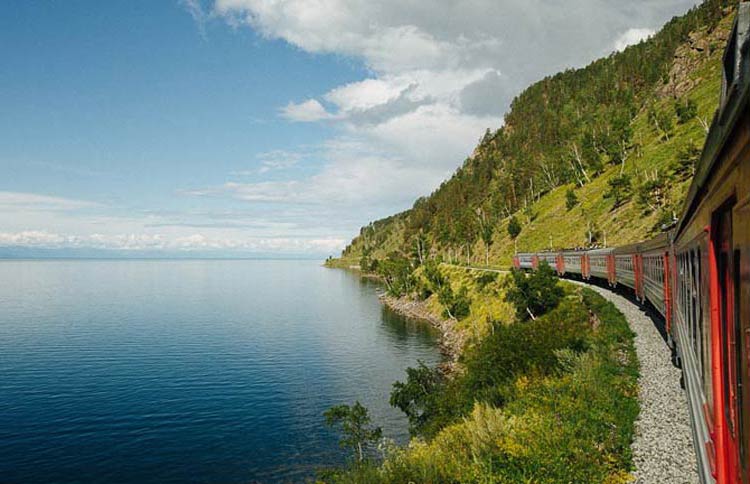
Tourism
Lake Baikal attracts tourists year-round with its diverse offerings. In summer, visitors can enjoy boat cruises, kayaking, hiking along the Great Baikal Trail, and swimming in the refreshing waters. The surrounding mountains offer opportunities for trekking and exploring untouched wilderness. Winter transforms the lake into a frozen wonderland, perfect for ice skating, ice driving tours, ice fishing, and witnessing the mesmerizing natural ice formations. Major towns like Irkutsk and smaller settlements like Listvyanka serve as popular gateways to exploring the lake’s wonders.
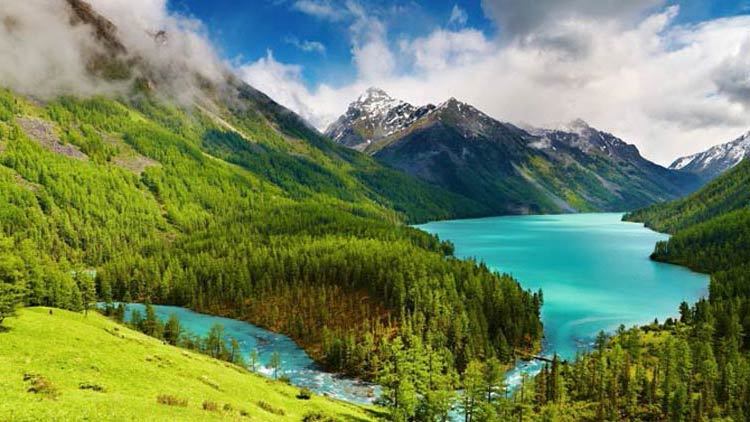
Detailed Data / Dimensions
Lake Baikal
- Russian Name: Озеро Байкал
- English Name: Lake Baikal
- Length: 636 km (395 miles)
- Width: up to 79 km (49 miles)
- Surface Area: 31,722 km² (12,248 sq mi)
- Catchment Area: 560,000 km² (216,217 sq mi)
- Average Depth: 744.4 m (2,442.2 feet)
- Maximum Depth: 1,642 m (5,387 feet)
- Coastline Length: 2,100 km (1,305 miles)
- Water Volume: 23,610 km³ (5,660 cu mi)
- Inflowing Rivers: 336
Records
The waters of Lake Baikal have been recognized as the cleanest in the world, and the lake itself, along with its adjacent territories, has been inscribed on the UNESCO World Heritage List.

Curiosities – Lake Baikal
- Baikal is the oldest lake in the world, having formed 25-30 million years ago.
- Lake Baikal holds more water than all the North American Great Lakes combined (Superior, Huron, Michigan, Erie, Ontario).
- Lake Baikal is known as the “Siberian Sea” and the “Blue Eye of Siberia.”
- In Russian folk tradition, many songs are associated with Lake Baikal. One such piece is “On the Wild Steppes Beyond Baikal” (Russian: По диким степям Забайкалья), also known as “Brodyaga” (Russian: Бродяга, in the Polonized version Bradziaga, meaning Vagabond). Czesław Niemen, among others, performed the Russian version of this song.
- Other Poles recorded in Baikal’s history were scientists: Benedykt Dybowski, Aleksander Czekanowski, Jan Czerski, and Wiktor Godlewski, who researched the lake’s waters, partly to determine its depth.
- A steam railway operates in the vicinity of Baikal: the famous Trans-Siberian Railway and the Baikal-Amur Mainline. During the Russo-Japanese War, the Russians laid tracks across the frozen lake in winter. At that time, 65 steam locomotives crossed to the other side.
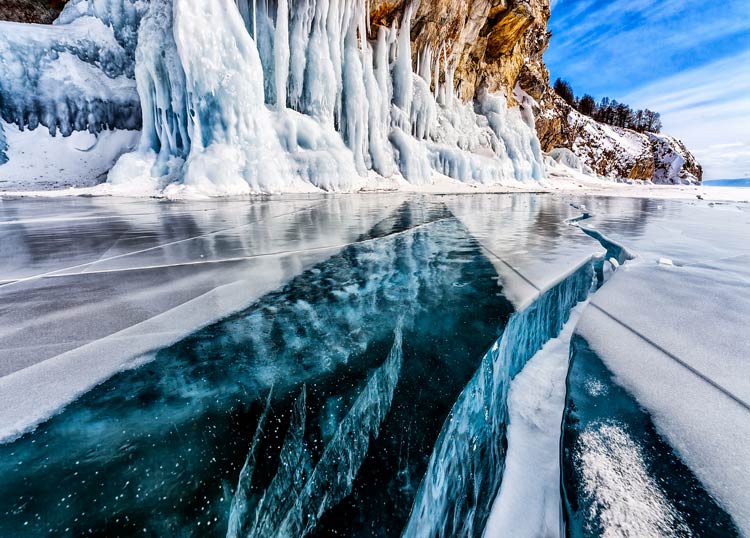
Recommended
- Traveling
- National Parks
- Waterfalls
- Rivers
- Lakes
- Mountains
- Deserts
- Lake Titicaca
- Lake Tanganyika
- Sahara
- Salar de Uyuni
- Gobi Desert
- Namib Desert
- Atacama Desert

